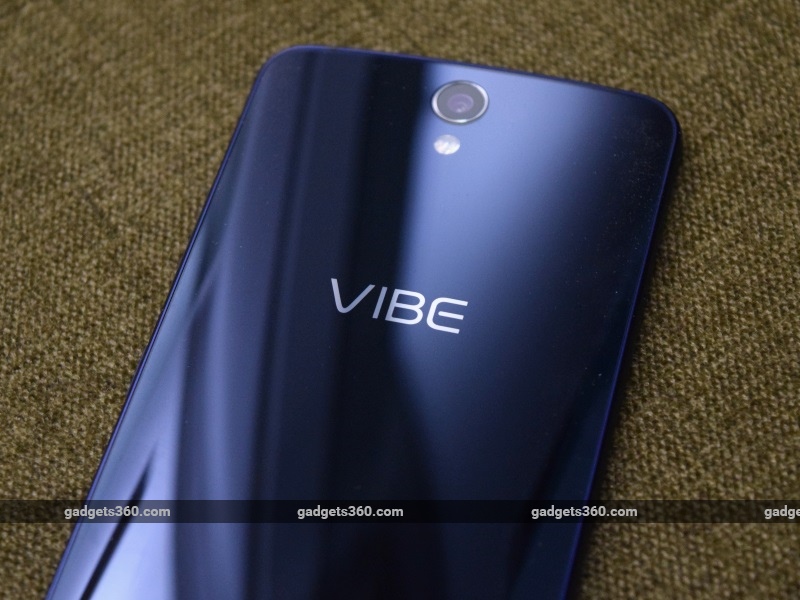
Lenovo is the leading manufacturer of personal computers in the world, and since entering the smartphone market in 2012, has quickly become one of the top five smartphone vendors as well. Part of this success can be attributed to the Vibe range of smartphones, and today we're reviewing the newLenovo Vibe S1.
At Rs. 15,999, the Vibe S1 is the company's latest entry in the ultra-competitive mid-range. It's got everything that a good mid-range smartphone needs, from a good specification sheet to the signature dual-camera setup in the front. We go into the finer details of the Lenovo Vibe S1 in our review.
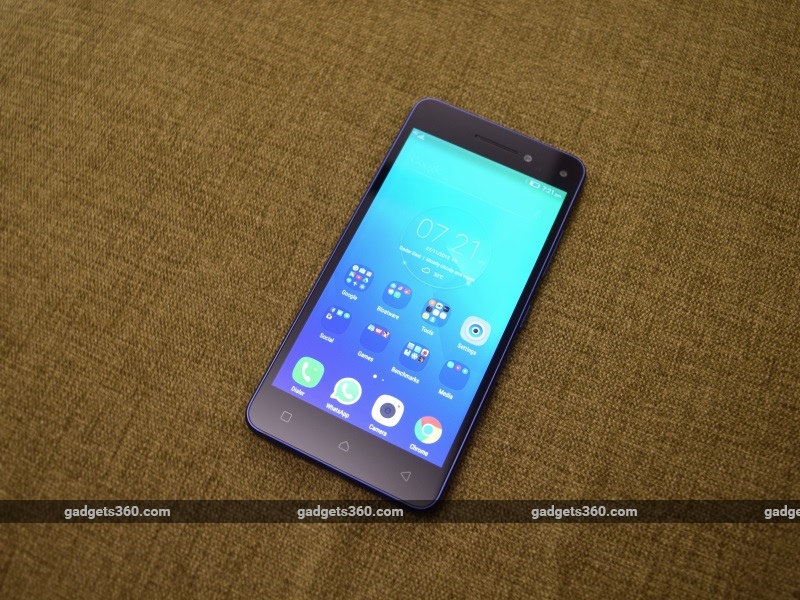
Look and feel
While many phones in the sub-Rs. 20,000 segment lack any real aesthetic appeal, the Vibe S1 really stands out. The frame is metal, with a dull matte finish all around. The phone is available in two colour options, blue and white. Our review sample was blue, and we loved the look of the device.
Although the Vibe S1 is 7.8mm at its thickest point, it has a curved back. This makes the phone a lot slimmer at the sides, giving it a sleek profile. The layout along the sides is fairly standard, with the power and volume keys on the right, the USB port and speaker grilles at the bottom (only the one on the right actually houses a speaker), the SIM tray on the left, and the 3.5mm socket at the top.
The back of the phone, like the front, is Corning Gorilla Glass 3 covering a coloured panel. Similar to theOnePlus X (Review | Pictures), this makes the rear wonderfully reflective, and absolutely stunning to look at. Lenovo has gone with minimalist styling as well, with only a Vibe logo below the camera and flash, and the Lenovo logo and regulatory information in dull text that is barely visible unless you look at it up close.

The front of the device is just as minimalist, with no logos or markings of any kind apart from the three capacitive navigation keys. These are not backlit, which is a major flaw in the design of the device. When using the phone in the dark, we often fumbled with the keys. Backlit capacitive keys or the option to enable on-screen buttons should be considered an absolute necessity, no matter what the price of the device. The screen occupies about 68 percent of the front, and the dual cameras are at the top-right, next to the earpiece. The primary 8-megapixel sensor is on the left, while the depth-sensing 2-megapixel sensor is on the right.
The screen of the Lenovo Vibe S1 is a 5-inch full-HD IPS-LCD panel, with a density of 441 ppi. The level of detail is fantastic, and it's impossible to see individual pixels even with your eyes a few inches away from the screen. Although it isn't quite as vibrant and capable with blacks as the Amoled panel on the OnePlus X, it's still among the better full-HD screens we've used. It is incredibly bright, however, which makes outdoor legibility excellent. Watching movies and videos on the Vibe S1 is an absolute pleasure.
There is a useful pocket-dial prevention mode, which prevents the screen from being unlocked when the proximity sensor detects an object in front of it. This works well, and doesn't get in the way once the screen has been properly unlocked.

Specifications and software
Despite its mid-range price, the Vibe S1 is suitably well stocked in the specifications department. It's powered by the 1.7GHz octa-core MediaTek MT6752 SoC, and also has 3GB RAM, 32GB internal storage (expandable by up to 128GB), a 2420mAh battery, and dual-SIM connectivity with 4G on both SIMs. Unfortunately, the second SIM slot is hybrid, so you will have to choose between dual-SIM connectivity and expandable storage. Fast-charging, NFC, and a gyroscopic sensor are missing.
The Vibe S1 runs Android 5.0 with Lenovo's Vibe UI on top. This is a single-layered user interface with a slight visual resemblance to the stock Android UI. There is some bloatware, with a handful of apps that cannot be uninstalled. The interface isn't very good looking, but has been significantly improved in terms of performance and resource management.
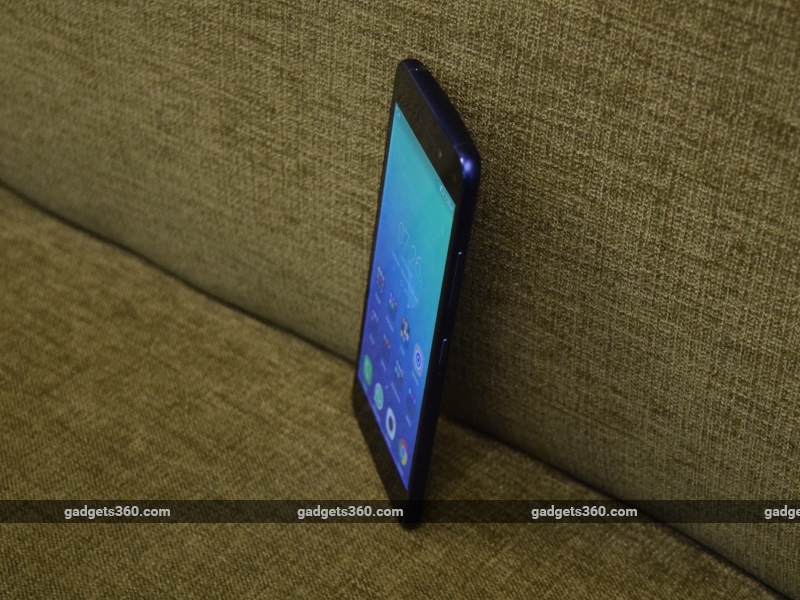
The interface isn't quite as resource-hungry as it used to be, and also gives you a decent level of control over how the phone functions. This includes specific permission controls for individual apps, improved power consumption information, battery-saving modes, and gesture and quick-access controls for unlocking the screen and taking pictures with the rear camera, among other things.
The Secure Zone feature lets you create a specific 'zone' with only trusted apps. The user interface is pretty responsive, and most apps and games run without any trouble. The Vibe S1 uses Google Chrome and Keyboard as its default Internet browser and text input system respectively.
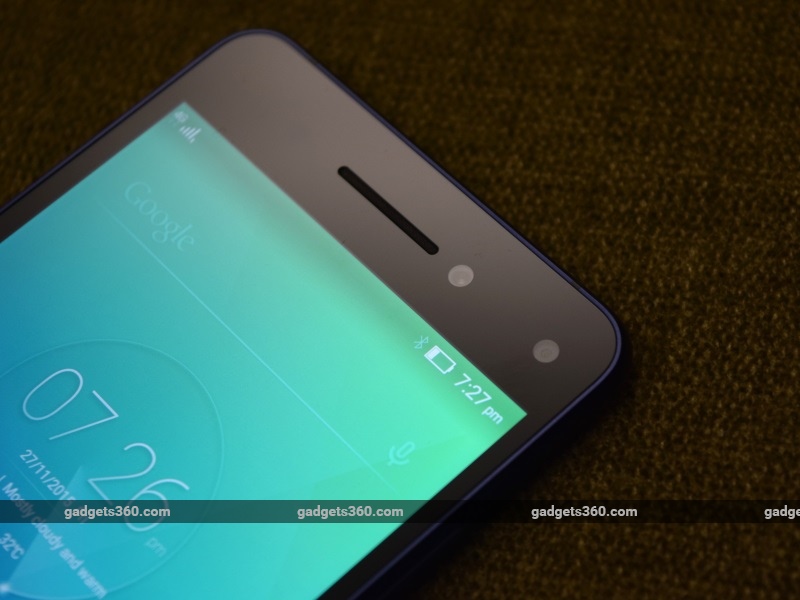
Camera
The Lenovo Vibe S1 has a 13-megapixel primary camera with dual-tone LED flash, along with a dual-camera setup in the front. The main front camera has an 8-megapixel sensor, and is supported by a second 2-megapixel sensor which detects depth-of-field. Both the front and the rear cameras are capable of recording video at full-HD resolution, and the front camera lets you use the depth-of-field capabilities to create some fairly unique picture effects.
The camera app is excellent, with plenty of controls and features in place. This includes manual settings and triaxial leveling, as well as control over resolution for both still and videos, location settings and more. Controls for HDR mode, the flash and the camera switcher are easily accessible, and video recording is a single-step process. Additionally, a panorama mode is also available. Filters and borders are accessible through the gallery, and are thus absent from the camera app itself. Switching to the front camera activates a button that toggles dual-camera mode. Video recording is not possible in dual-camera mode, and all dual-camera effects are only accessible through the gallery after taking the picture.
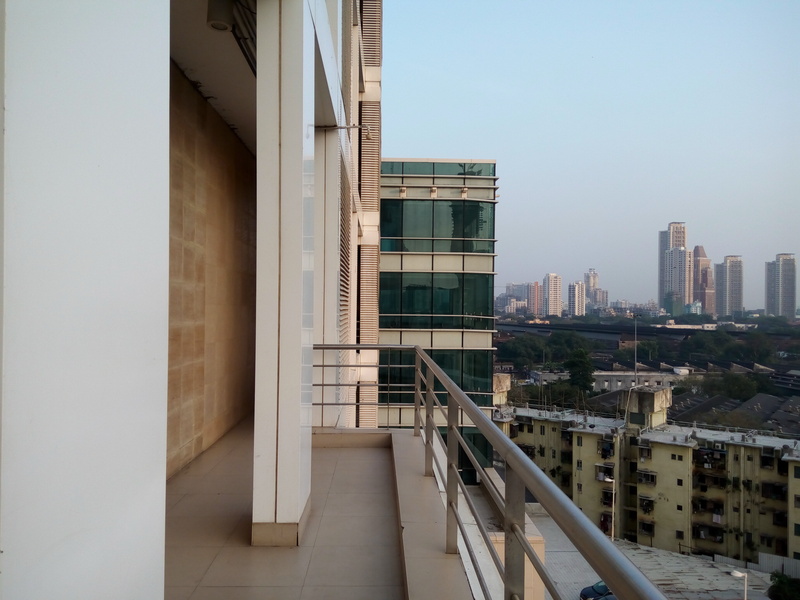 (Click to see full-size image)
(Click to see full-size image)The dual-camera effects are simple, but interesting. Capturing depth-of-field information allows the camera to detect foreground and background data, thereby accurately sensing what part of the selfie is you, and what part is the background. You can then use this to blur the background, or cut it out and replace it with something else (a picture of the Tower Bridge, for example). You can also superimpose graphics in the background, or previous pictures you've taken. This makes for some rather interesting selfies, and makes the Vibe S1 a rather fun device for selfie lovers.
The 13-megapixel rear camera is great as well, and is capable of taking crisp, accurate shots in all lighting conditions. Pictures taken in good light are considerably better than what we're used to from other 13-megapixel sensors, with excellent colour and lighting reproduction, as well as incredible detail. Even when zoomed in, the pictures retain their crispness, allowing you to spot finer details that you might not have ordinarily been able to detect with the naked eye. The front camera is also great in terms of detail and accuracy, but the lack of a front flash may put off some potential buyers.
 (Selfie taken in dual-camera mode with effects added. Click to see full-size image)
(Selfie taken in dual-camera mode with effects added. Click to see full-size image)Performance
In ordinary use, the Lenovo Vibe S1 is a strong performer. Thanks to improvements in the user interface and a generous helping of RAM, the Vibe S1 offers a lag and stutter-free experience when using most phone functions. The MediaTek MT6752 SoC under the hood ensures that the phone performs well, especially with graphics-intensive tasks. Games and videos, including the most heavily encoded ones, ran smoothly. There were slight heat issues when playing intensive games, though.
When it comes to the benchmark numbers, the phone performed slightly better than other MT6752-based phones such as the HTC One E9s (Review | Pictures). AnTuTu returned a score of 46,358, and Quadrant scored 21,207, while 3DMark Ice Storm Extreme and GFXBench gave us 6725 points and 16fps respectively. The scores are somewhat similar to those we recorded with the similarly priced OnePlus X, indicating a marked improvement in the performance of this new breed of mid-range smartphones.
The Lenovo Vibe S1 is functional and capable with most other functions as well. The device is good with calls and holding mobile network reception, including 3G and 4G. Audio through the small single speaker was a bit weak, but it was suitable with headphones plugged in. The battery last 8 hours, 15 minutes in our video loop test, and showed similar levels of drain in day-to-day use, especially when connected to 3G and 4G networks. Even with moderate use, we had to plug into the charger in the evening.

Verdict
As far as its looks go, the Lenovo Vibe S1 could give phones even twice as expensive a run for their money. The Vibe S1 is sleek, beautiful and built with quality in mind. It also has an excellent screen, good performance and great cameras with a few interesting tricks that will appeal to selfie lovers.
However, there are some key shortcomings as well. The capacitive keys are not backlit, the appearance of the UI still lacks finesse, the second SIM slot is hybrid and forces you to choose between dual-SIM connectivity and expandable storage, and the battery life is average at best. Additionally, it also lacks some useful features that could have helped it stand out, such as fast charging and a gyroscopic sensor. Despite this, the Lenovo Vibe S1 is still a capable smartphone that will appeal to camera and selfie lovers, as well as those whose top priority is style.
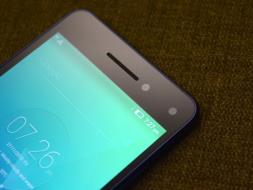
Lenovo Vibe S1 in pictures


0 comments:
Post a Comment